A career in sacred architecture: Murphy and Olmstead
Our sanctuary was designed in 1914 by the architecture firm of Murphy and Olmsted. Oddly enough for a Lutheran church, the firm and its partners were noted for their work on Catholic churches, and their work can still be seen in many buildings in the D.C. area.
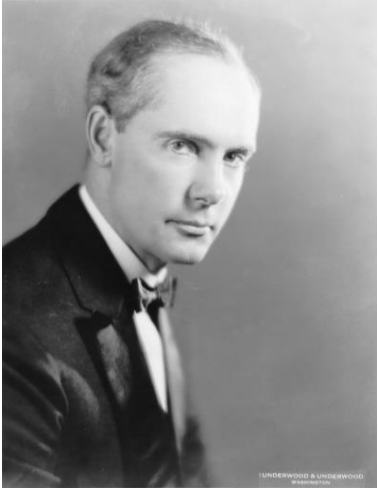 Frederick Vernon Murphy (photo courtesy of the DC Architects Directory)
Frederick Vernon Murphy (photo courtesy of the DC Architects Directory)
Frederick V. Murphy (1879-1958) and Walter B. Olmsted (1871-1937) formed their architecture firm in 1911, after Murphy graduated from the École des Beaux-Arts in Paris in 1909. They had met as young draftsmen working in the Office of the Supervising Architect in the Department of the Treasury. Both men had close ties to Catholic University (where Murphy chaired the Architecture Department starting in 1911), and designed numerous churches in the D.C. and Baltimore areas.
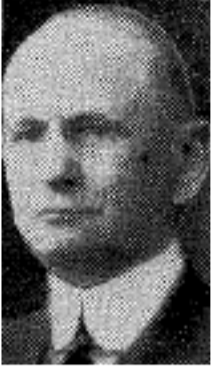 Walter B. Olmsted (photo courtesy of the DC Architects Directory, taken from the Washington Star in 1937)
Walter B. Olmsted (photo courtesy of the DC Architects Directory, taken from the Washington Star in 1937)
Georgetown Lutheran Church is in the Gothic revival style, similar to St Joseph’s Catholic Church in Alexandria, VA, which they designed in the same period.
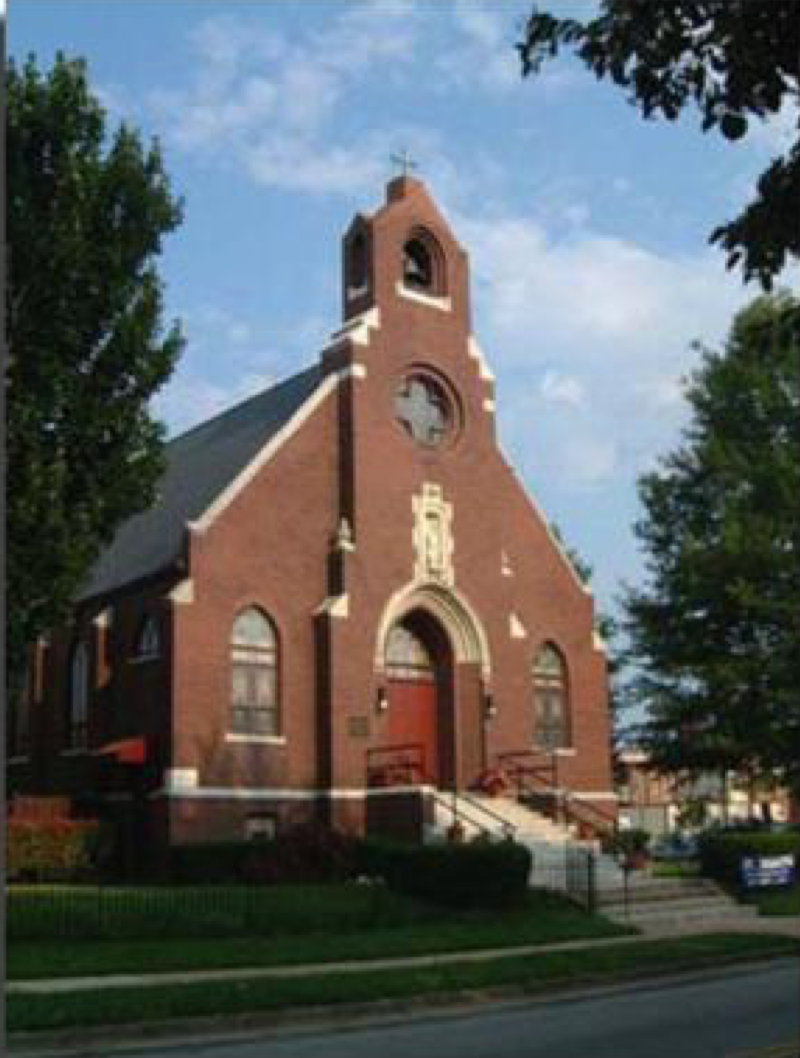 Saint Joseph Catholic Church (photo courtesy of Saint Joseph Catholic Church)
Saint Joseph Catholic Church (photo courtesy of Saint Joseph Catholic Church)
One of the firm’s most elaborate projects in the 1910s was the chapel of Our Lady of the Angels in Catonsville, Maryland, which is in the classical revival style with marble walls, an elaborate main altar, and mosaics by Bancel LaFarge.
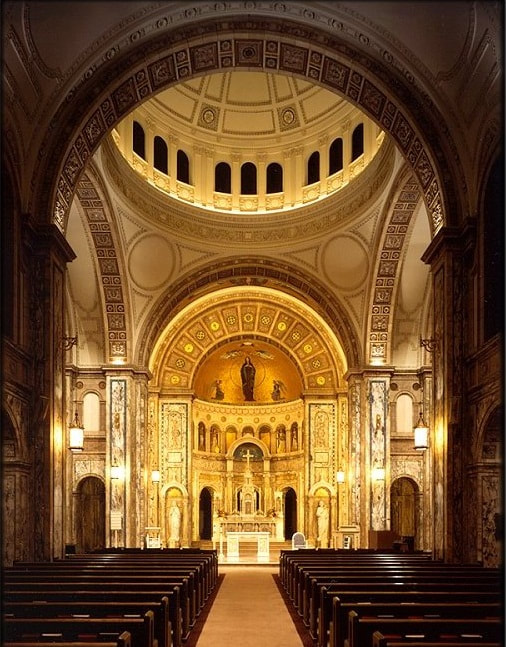
Chapel of Our Lady of the Angels (photo courtesy of the Society of St Sulpice)
Between 1919 and 1936, Murphy was one of the architects working on the Basilica of the National Shrine of the Immaculate Conception, the largest Roman Catholic church in North America, located in Northeast D.C.
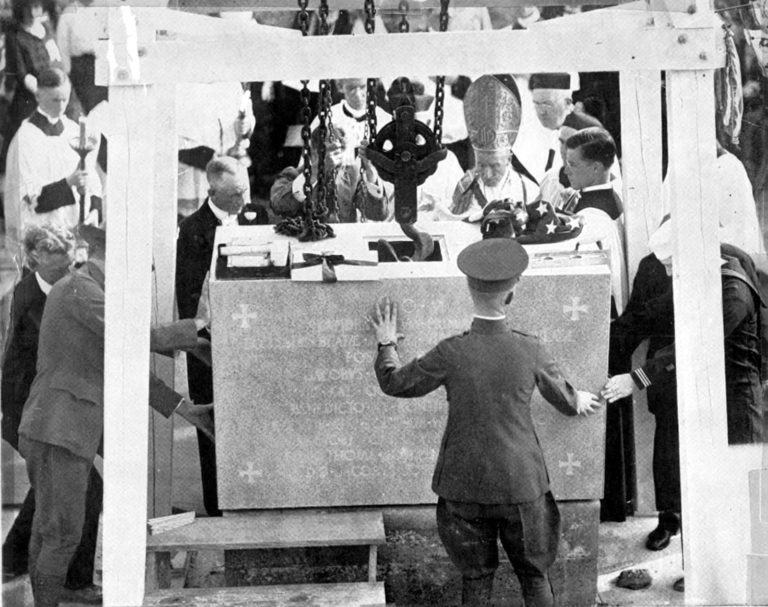 Laying of the Foundation Stone of the Basilica in 1920 (photo courtesy of the Basilica of the National Shrine of the Immaculate Conception)
Laying of the Foundation Stone of the Basilica in 1920 (photo courtesy of the Basilica of the National Shrine of the Immaculate Conception)
Murphy continued to have a distinguished career after Olmsted’s death in 1937. He worked in his own until 1940, and later formed Murphy and Locraft, which he ran until his retirement in 1954. He led the Department of Architecture at Catholic University until 1949.
In the second half of his career, Murphy continued to design churches, including the Shrine of the Sacred Heart on 16th Street NW. He expanded his practice to larger buildings, still related to the Catholic community, such as the Apostolic Nunciature of the Holy See (Embassy of the Vatican) on Massachusetts Avenue, and several buildings on the campuses of Catholic University and Georgetown University. His final project was the Lorraine American Cemetery and Memorial, a cemetery for American soldiers killed during World War II located in St. Avold, France.
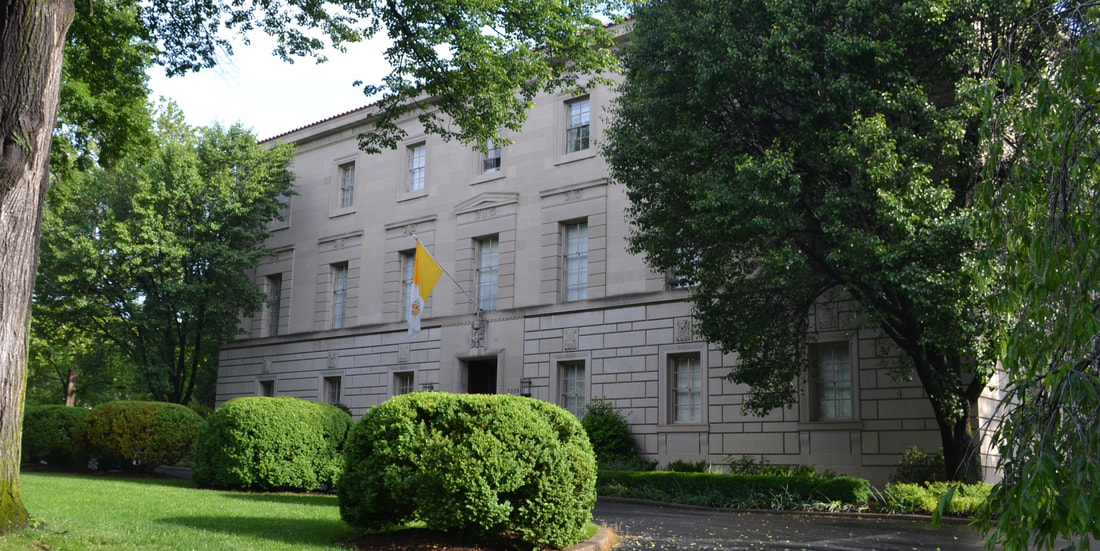 Apostolic Nunciature of the Holy See (photo courtesy of the Apostolic Nunciature of the Holy See)
Apostolic Nunciature of the Holy See (photo courtesy of the Apostolic Nunciature of the Holy See)
Murphy served on the U.S. Commission of Fine Arts from 1945 to 1950, was a Chevalier of the French Legion of Honor and received multiple honors and awards from organizations related to the Catholic Church.